As long time Tablet PC note takers in an age of iPads, we feel like we’re forever explaining the difference between a touch screen and an active digitizer.
If you’re thinking about a tablet for work, then it is important to know the distinction as you’ll see by comparing the following two videos.
In the first video, you’ll see a guy promoting a stylus that is predominantly marketed at the iPad – and no doubt, they’ll soon be marketing it to the new wave of android based tablets too.
Typically, these devices have capacitive touch screens, meaning that the touch screen activates when you make contact with your fingertip. Generally they won’t work with your fingernail or any other pen or stylus.
There are a couple of major issues with the capacitive stylus work around:
- The capacitive tip is thick and blunt
- The touch screen response is slow and can result in bad approximations of your ink strokes
- You have to avoid touching the screen with your hands
In other words, these devices are not designed for note taking, drawing or handwriting recognition.
As you’ll see from the following video of a Motion Computing F5v Tablet PC that has a Wacom Active Digitizer, the pen is responsive and fast, and the output includes small, fine lettering. Excuse my messy handwriting!
Why does it matter?
- The are several major productivity gains that the Tablet PC form factor can offer:
- Note taking
- Searchable notes
- Unlimited storage
- Can be synchronised with audio recording
- Handwriting recognition for interacting with programs and websites
- Usually twice as fast as typing on a virtual on screen keyboard
- Allows easy data collection in the field
- Capturing sketches and drawings.
- Note taking
As you can see, Tablet PCs are designed for note taking, handwriting recognition and fine, fast input. Consumer tablets on the other hand excel for gaming and casual web browsing, but fall down when it comes to input.

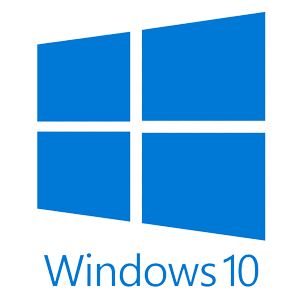
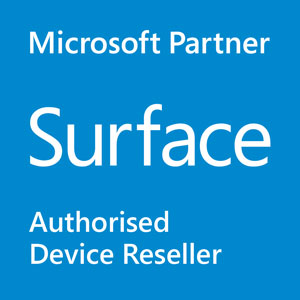
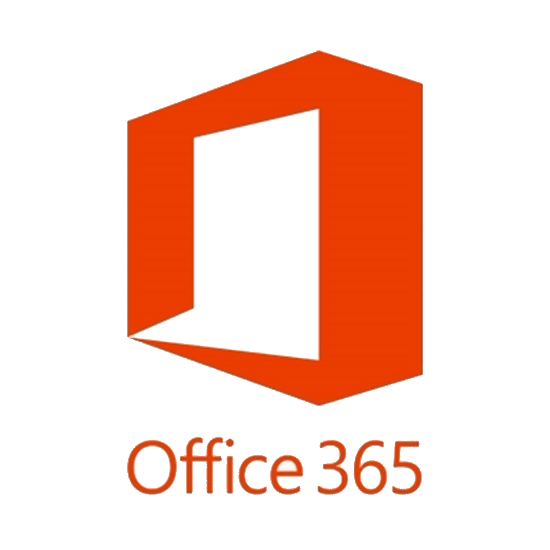
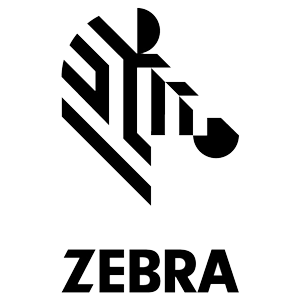
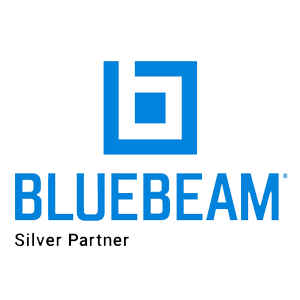

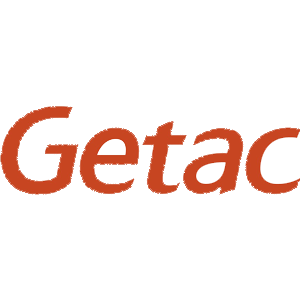
Hi Brett
I (just) bought an Asus Eee Slate PC and it is beyond awesome…
However what I’d actually like to be able to do with the stylus input is actually write and, importantly, draw on one large area. Unless I’m missing something the tool Microsoft provides to do automatic handwriting recognition doesn’t allow this. Am I missing something?
Agree that taking notes on iPad’s suck. I’ve got several colleagues now regretting their fanboy based purchasing decision 😉
Cheers
Rob
Hi Rob, use Microsoft Journal (Free, Installed), Microsoft OneNote (Part of Office) or Evernote (Free online) for a paper analog. Out of those, I find OneNote the most useful program ever developed for PCs, especially Tablets.